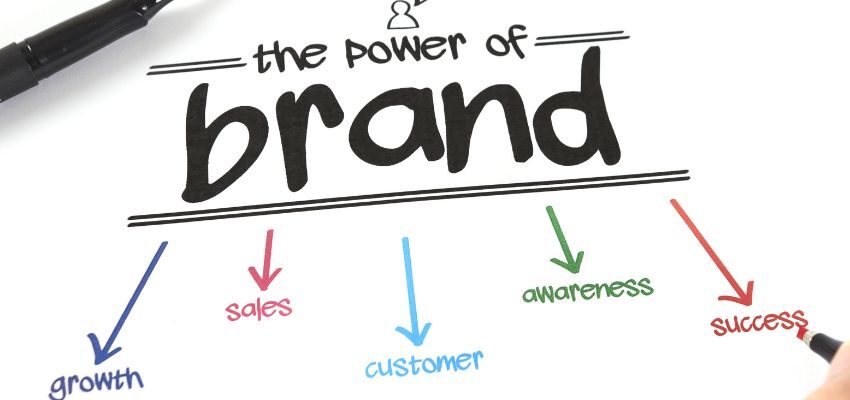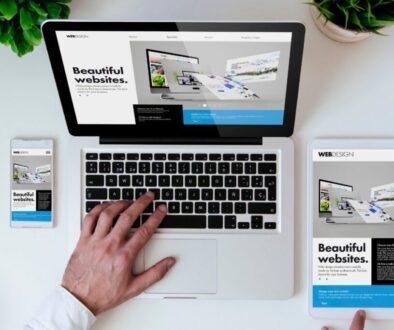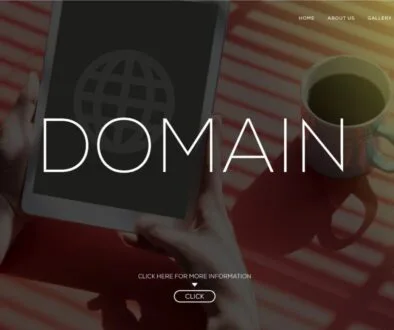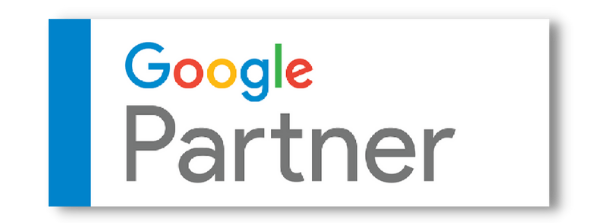2024 Straightforward Guide To Open Graph Meta Tags

Published April 18, 2024
Open Graph tags are an essential instrument for digital marketers. They form a critical link that connects a website’s content with its display across social media platforms. Mastery of these tags can boost your social media content’s visibility, engagement, and click-through rates.
This article serves as a guide to properly employ Open Graph tags to elevate your social media marketing efforts.
What Is An Open Graph?
Open Graph, an internet protocol, employs “og:” prefixed meta tags in your web page’s HTML to dictate how URLs look when shared on social media. Specifying your shared content’s title, description, image, and other details ensures visually appealing and accurate content. Doing so enhances its presence in social media feeds, increasing engagement and driving more traffic to your website.

Types Of Open Graph Tags And Their Importance
You can utilize Open Graph tags to control how content displays when sharing on Facebook, LinkedIn, Twitter, Slack, and WhatsApp. These Open Graph tags are in a web page’s <head> section.
Each Open Graph tag plays a distinct role, enabling social media platforms to showcase your content most effectively:
Og:type
Defines the type of shared content (e.g., article, website, video). Certain object types necessitate an extra property. Unable to specify a type will default to “website.”
<meta property=”og:type” content=”article” />
Og:url
The canonical URL of your page will be used as its permanent ID. Maintain simplicity and brevity in your URLs, and use the canonical URL. The approach helps unify metrics and metadata for all content shared under the same URL, enhancing overall data coherence.
<meta property=”og:url” content=”https://your-website.com” />
<meta property=”og:url” content=”https://ahrefs.com/blog/open-graph-meta-tags/” />
Og:title
A concise, eye-catching title for your content. Titles should not exceed 60 characters to prevent being cut off.
<meta property=”og:title” content=”Your appealing title here” />
<meta property=” og:title” content=” Open Graph Meta Tags: Everything You Need to Know”/>
Og:description
Briefly describe your content, describing the page with 1-2 sentences. It should be engaging to boost click-throughs, be succinct, and be under 200 characters to prevent being cut off.
<meta property=”og:description” content=”Your brief description here.” />
<meta property=” og:description” content=” Learn about 13 features that set Ahrefs apart from the competition.”/>

Og:image
The URL of an image you want to represent your content. This OG tag is crucial in making your content more visible, enticing clicks, and fostering engagement. It’s important to note that the image’s resolution, file size, and format are significant factors.
Aim for an image size of 1200 x 628 pixels for optimal social media visibility, though the minimum acceptable size is 200 x 200 pixels. JPEG, PNG, and GIF are the preferred image formats. Moreover, the image file should not exceed 5MB to maintain compatibility and performance.
<meta property=”og:image” content=”your-image-url.jpg” />
<meta property=”og:image” content=”/banner.jpg” />
Og:video
When your content features a video, this tag directs to the video’s URL. For example, this property can embed a YouTube video on social media platforms. Use extra tags like “og:video:width” and “og:video:height” to define the video’s pixel dimensions, ensuring it looks its best.
<meta property=”og:video” content=”your-video-url.mp4″ />
<meta property=”og:video” content=”/banner-video.mp4″ />
Og:locale
The locale of your content. The default is en_US. Utilize this tag if your content is not American English (en_US). It’s beneficial for sites that feature multiple languages.
<meta property=”og:locale” content=”en_US” />
Og:site_name
The name of your website or application. Including the site name, while not essential, can be beneficial. It demonstrates that your content belongs to a broader website or subdomain, enhancing its context and relevance.
<meta property=”og:site_name” content=”your-website-name” />
<meta property=”og:site_name” content=”Google” />
Properly using these tags can enhance your website’s traffic, elevate page rankings, boost conversions, and foster brand reputation and trust.
What Are Twitter Cards?
Twitter Cards enhance tweets by integrating rich media experiences like Open Graph tags. These features append engaging photos, videos, and media to tweets, boosting interaction with Twitter content.
The four primary types of Twitter Cards include:
- Summary Card: A snapshot with a title, description, and thumbnail.
- Summary Card with Large Image: Builds on the Summary Card by incorporating a more prominent image.
- App Card: Promotes a mobile app, providing a direct link for download.
- Player Card: Plays videos, audio, or other media directly within a tweet.
These cards enrich the Twitter experience by making tweets more interactive and visually appealing.

Importance Of Open Graph Protocol
The Open Graph Protocol is vital for your website for several reasons. All contribute to enhancing your online presence, improving user engagement, and driving traffic. Here’s a list of highlighting its importance:
- Enhanced social media visibility. OG tags ensure that shared content on social media is presented in the most appealing way possible, with a relevant image, title, and description. The increased visibility can lead to higher engagement rates.
- Consistent branding. By controlling how your content appears on social media, you maintain consistency in your branding and messaging, reinforcing your brand identity.
- Increased traffic. Attractive and well-defined social media shares are more likely to be clicked on, driving more traffic to your site.
- Improved SEO. While Open Graph is not a direct ranking factor for search engines, the increased engagement and traffic can positively impact your SEO efforts.
- Better user experience. Clear and accurate information about your content leads to a better user experience. This clarity can reduce bounce rates as visitors are more likely to find what they expected from the link.
- Customization and control. Open Graph gives you control over how your content is shared. It allows you to customize the message and imagery for different types of content, pages, or campaigns.
- Cross-platform consistency. OG tags are recognized by most prominent social media platforms, ensuring your content is presented consistently. Uniformity is crucial for multi-platform marketing strategies.
- Richer content shares. The tags allow richer content types like videos and images to be shared directly within social feeds. It makes posts stand out while also encouraging higher engagement.
- Competitive edge. Implementing tags can give you an edge over competitors who utilize them ineffectively. It makes your content more shareable and engaging.
- Analytics and insight. The effectiveness of your OG tags can be measured through increased engagement and traffic. It provides valuable insights into what works best for your audience and how to optimize future content.
Open Graph Protocol plays a crucial role in how content from your website is displayed and interacted with on social media platforms. Proper implementation can enhance your digital marketing efforts, leading to greater visibility, engagement, and, ultimately, success online.

How To Set Up Open Graph Tags
Adding Open Graph tags to your website is straightforward. Add the Open Graph tags in your page’s HTML’s <head> section. This can be achieved by manually inserting the necessary tags into the header.php file.
The four essential Open Graph properties you must include are og:url, og:title, og:description, and og:image. To reduce the likelihood of syntax errors, consider utilizing a markup generator tool such as Meta Tags or Web Code Tools for more precise and error-free coding.
Setting Open Graph Tags In Wordpress
Install Yoast’s SEO plugin. Navigate to the page’s editor or post, and scroll until you find the Yoast SEO section. Click on the “Social” tab, followed by “Facebook”. Here, you can input details to configure the og: title, og:description, and og:image tags.
It’s no longer necessary to manually set the og:url, as Yoast automatically manages this for you and inserts other beneficial Open Graph tags, including image dimensions. Doing so ensures your content is optimized for sharing on social platforms.
Setting Open Graph Tags On Shopify
Most Shopify themes generate Open Graph tags using variables such as your title tag for “og:title” and your featured image for “og:image.” You can customize your “og:image” tag directly through Shopify’s user interface. Navigate to Online Store>Themes>Customize>Theme Settings>Social Media, and choose a suitable image.
Testing And Debugging Open Graph Tags
Leverage specialized debugging tools tailored for each platform to ensure the proper functioning of your Open Graph tags and address any related issues. Facebook Sharing Debugger, Twitter Card Validator, and LinkedIn Post Inspector offer valuable insights into how your content is presented upon sharing. These tools allow the identification and resolution of tag-related problems.
You can preview your shared content through comprehensive testing, enhancing its presentation on the platform. Debugging is crucial in rectifying display issues, such as incorrect images or titles. For example, if you alter the title, image, or description, you must use the Facebook debugger to update the cache accordingly. This step is essential after any modification to ensure accurate content representation.
Open Graph Vs Schema Markup
Open Graph is utilized to optimize content across social media platforms, allowing for richer, more engaging previews when links are shared. As for Schema markup, it serves a different yet complementary purpose.
Schema is a type of code, or more specifically, a semantic vocabulary, that web admins can integrate into their website’s HTML. This aids search engines in comprehending the content on a page. It enables them to display more informative and relevant results for users.
While both Open Graph and Schema markup are crucial for boosting a site’s visibility and engagement online, they cater to different needs and audiences. Open Graph focuses on social media interactions, improving how content looks and is shared on social platforms. Schema markup enhances how search engines understand content, improving search relevance and the richness of search results.
Employing both strategies effectively can significantly enhance a website’s online presence. Both make content more discoverable and appealing to social media and search engine users.

Mastering Open Graph Tags For Enhanced Social Media Marketing
In today’s social media-driven age, creating content that’s shareable and visually attractive on social media platforms is imperative. Open Graph tags provide a robust method to dictate content presentation. They guarantee gaining attention and enhancing engagement. Adhering to best practices for implementing and verifying these tags can amplify your social media marketing tactics and elevate your digital footprint.
Hire The Digital Marketing Experts
We take online businesses and turn them into online empires by employing smart digital marketing strategies. Our team of experts are trained in a myriad of marketing skill including SEO to help you rank higher in search results, and ad management to ensure your message gets seen by the people you want. Need a business website that attracts business? We also specialize in website design and online sales optimization to help your business grow like never before.

This Content Has Been Reviewed For Accuracy By Experts
Our internal team of experts has fact-checked this content. Learn more about the editorial standard for our website here.

About The Author
Hi, I’m Corinne Grace! As an experienced writer holding a bachelor’s degree from Riverside College, I excel in creating articles supported by thorough research. Specializing in a wide range of topics like marketing and law, I craft engaging stories that connect with my readers. I continuously work to refine my skills to adapt to the ever-changing digital world.



